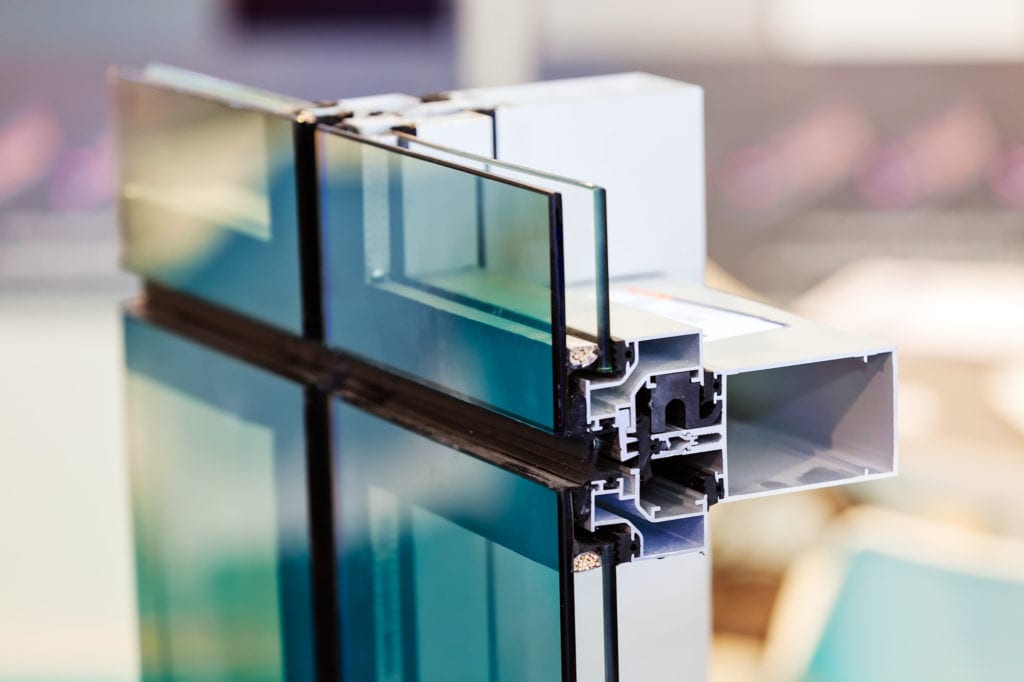All Categories
Featured
Table of Contents
Guide To Double Glazing – Functional And Energy Efficient in Huntingdale Western Australia
That window can transfer more solar heat in winter season than in summer season. A west-facing window on a summertime's afternoon has an angle of occurrence from near 0 up to 30 with a big reliable area of solar radiation. A north-facing window, in summertime, has a high angle of occurrence and a low effective location of solar radiation, so can send less heat than a west-facing one.

You can rapidly and easily enhance the thermal efficiency of your home by replacing your windows. There are thousands of types of glass and frames to choose from.
Does Double Glazing Have A Vacuum? in Westminster Perth
There are various types of glass items to pick from. Single glazing utilizes a single pane of glass. Single glazing with clear glass is not really effective when it concerns heat loss or gain. To enhance performance, you can use single glazing with a more energy-efficient type of glass such as low emissivity (low-e) glass.
The energy efficiency of IGUs likewise depends on: the properties of each layer of glass. Different glass types (for example, clear and low-e glass) can be put together in an IGU.
The Science Behind Double Glazed Windows in Kenwick Western Australia

IGU cavities can be filled with air or a more inert, low-conductivity gas such as argon the width of the cavity. Larger cavities provide lower (much better) U values, with 12mm usually accepted as the preferred gap how well the cavity is sealed.
If argon is installed to the cavity in place of air, moisture is reliably left out the level of desiccant (drying agent). The spacer (metal or polymer strip) that separates the glass layers consists of a desiccant to absorb any wetness. Insufficient desiccant may trigger wetness to condense on the glass surface in cold conditions, minimizing thermal performance.
Double Glazed Windows Melbourne in Innaloo Western Australia
IGUs can provide much better energy performance for all environments, particularly in heated and air-conditioned homes. Cross-section detail of single, double and triple-glazing systems Low emissivity glass (typically called low-e glass) minimizes heat transfer. Low-e glass may be either high or low transmission: High transmission low-e glass has a finishing that allows daytime from the sun to pass into your house to attain great solar heat gain, but reduces the quantity of the long wavelength infrared heat that can escape back through the window.
Low-e glass has either a pyrolytic coating or a vacuum-deposited thin film metal finishing. Pyrolytic finishings are durable and can be used for any glazing; vacuum-deposited coatings are soft and are only used within IGUs. Low-e coatings can significantly improve both U worth and SHGC; nevertheless, they need to be utilized properly or they will either deteriorate or stop working to carry out as needed.
Glass Selector - Custom Single & Double Glazed ... in Warwick Western Australia
Low-e coverings can be used in mix with clear, toned or reflective glass. Low-e finishes on glazing can reduce heat transfer where needed Image: Department of Market, Science, Energy and Resources Toned glass has actually colouring additives consisted of throughout manufacture. It is available in different colours, usually bronze, grey, blue and green.
Table of Contents
Latest Posts
Does Double Glazing Reduce The Heat In Brisbane's Summer? in Spearwood Western Australia
Save Energy With Double Glazed Windows in Hocking WA
Triple Glazing – Pros & Cons in Ocean Reef Western Australia
More
Latest Posts
Does Double Glazing Reduce The Heat In Brisbane's Summer? in Spearwood Western Australia
Save Energy With Double Glazed Windows in Hocking WA
Triple Glazing – Pros & Cons in Ocean Reef Western Australia